Japanese maple health
paul3636
14 years ago
Related Stories

GARDENING GUIDES12 Japanese Maples for a Sunny Garden
The right maple in the right place shines in hot summer sun
Full Story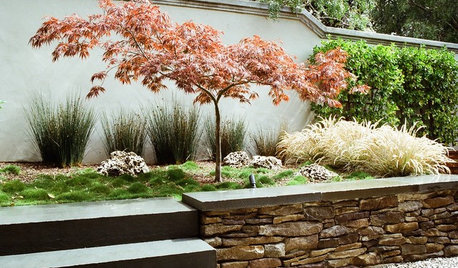
GARDENING AND LANDSCAPINGGreat Design Tree: Japanese Maple
Lacy form and fiery fall color make Japanese maple a welcome tree for garden or patio
Full Story
TREES11 Japanese Maples for Breathtaking Color and Form
With such a wide range to choose from, there’s a beautiful Japanese maple to suit almost any setting
Full Story
TREESGreat Design Plant: Coral Bark Japanese Maple, a Winter Standout
Go for garden gusto during the chilly season with the fiery red stems of this unusual Japanese maple
Full Story
GARDENING GUIDES13 Japanese Maples for Shade
A surprising variety of these understory trees is waiting to make a statement in your shade garden
Full Story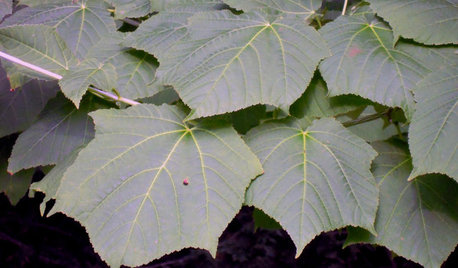
GARDENING GUIDES5 Amazing Small Maple Trees
There's more to maples than syrup. Expand your maple milieu with any of these 5 small and unusual trees
Full Story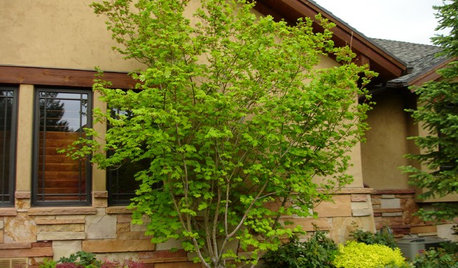
LANDSCAPE DESIGNGreat Design Plant: Vine Maple
Exciting year-round color and adaptability make this highly ornamental native small tree a top choice for home gardens
Full Story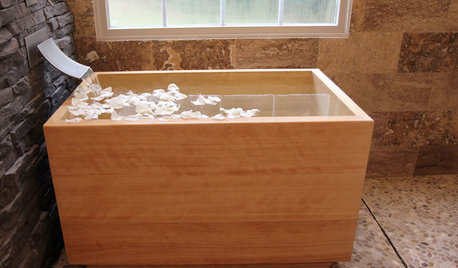
BATHTUBSRoom of the Day: Restorative Power of a Japanese Soaking Tub
A traditional tub made of hinoki wood sets a calming tone in this master bath renovation
Full Story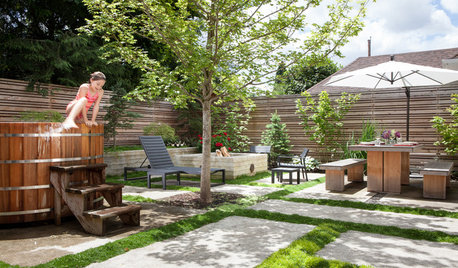
PATIOSBackyard Ideas: Writer's Studio and a Japanese-Inspired Garden
A nearby Japanese garden inspires a feature-packed backyard and studio for a work-from-home Portland writer
Full Story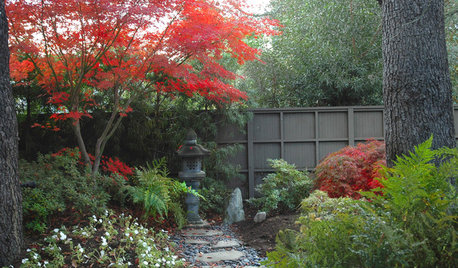
LANDSCAPE DESIGNLay of the Landscape: Create the Beauty of a Japanese Garden
Balance, enclosures and the forms of nature combine in serene Japanese garden design. Bring the look home with some of these principles
Full Story







head_cutter
paul3636Original Author
Related Professionals
Reading Landscape Architects & Landscape Designers · Carson Landscape Architects & Landscape Designers · Woodinville Landscape Architects & Landscape Designers · Woburn Landscape Contractors · Avocado Heights Landscape Contractors · Eureka Landscape Contractors · Kailua Landscape Contractors · North Haven Landscape Contractors · Peachtree City Landscape Contractors · South Lyon Landscape Contractors · Thornton Landscape Contractors · Wentzville Landscape Contractors · Fairfax Decks, Patios & Outdoor Enclosures · Midwest City Decks, Patios & Outdoor Enclosures · Royal Oak Decks, Patios & Outdoor Enclosurespaul3636Original Author
tapla (mid-Michigan, USDA z5b-6a)
paul3636Original Author
tapla (mid-Michigan, USDA z5b-6a)
paul3636Original Author
head_cutter
tapla (mid-Michigan, USDA z5b-6a)
paul3636Original Author
head_cutter